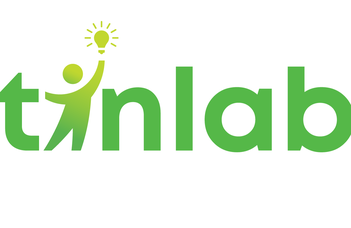Library of the Great Silence

Identification of Social Problem
The concept of the "Library of the Great Silence" originates from the SETI Institute (Search for Extraterrestrial Intelligence), a nonprofit research organization whose mission is to explore, understand, and explain the origin and nature of life in the universe and to use this knowledge to inspire and guide present and future generations. The research conducted by the Library of the Great Silence focuses on collecting objects instead of texts, through which the characteristics of the civilization that created them can be deduced without explicit explanations, and the specific traits of the given species can be deciphered. They parameterize human experience and represent them in selected objects. With public involvement, they decode the possible functions of these objects based on their materials and explanations, unveiling the ideological and technological characteristics of the civilization that created them. Special attention is given to involving minority groups (such as the visually impaired or ethnic minorities).
Result of the Research
A methodology was developed based on an alternative perspective approach, and educational materials and a teacher's handbook were created.
Presentation of the Method
- Identification of Social Phenomena - A Google document was created to collect the concepts that we want to communicate to the future recipient of our message about ourselves. Questions: What concepts can describe important human traits?
- Assigning Objects to the Phenomena - The concepts were filtered, and approximately 10 remaining concepts were assigned objects or groups of objects. Which current and/or historical objects or groups of objects can represent the above concepts? (within dimensions of 30x30x30 cm, objects can be artificial, natural, or object groups).
- Interpretation of Objects from Different Perspectives - At the end of the thought process, the objects were analyzed from a "neutral" perspective, limiting the criteria for analysis. How can the above objects be characterized by a "non-human" observer?
- Development of School Activities - In the final stage, as part of a school activity, children aged 12-15 engaged in exploring what the objects mean to them and what they might mean to members of other groups.
- Testing of Activities in Schools - In the testing phase, the designed activities were implemented in real educational settings and presented to groups representing various subcultures. AKG, Radnóti, Igazgyöngy Alapítvány, Van Helyed Alapítvány, Palánta Általános Iskola, Piliscsabai Tanoda.
- Based on the experiences, the creation of a teacher's handbook and an article - Based on the results, a scientific article, a school activity plan, and a conference paper were produced. The conference paper is planned to be submitted to the 2023 LPSC conference or EPSC. The scientific article is intended for Planetary and Space Science.
Contact
Henrik Hargitai (Eötvös Loránd University, Faculty of Humanities)
E-mail
